Imagine walking out into your backyard homesteading with the sun on your face and sheep bleating. They’re your fuzzy friends, ready to provide fleece for your next significant endeavor. Spinning and weaving your wool is a rewarding way to connect with nature and crafts.
Start with those fluffy companions. Raising sheep is about bonding with these beautiful animals, not just collecting wool. They have quirks and personalities—some shy, some aggressive. They need shearing once or twice a year, depending on breed. Giving them a haircut requires practice to avoid nicking their skin.
After obtaining the raw fleece, work is required. Wool needs washing to remove lanolin and grime. Fill a tub with warm water and light soap. Let the fleece soak without agitating unless you want it felt instead of wool! Rinse well until transparent.
Now comes the fun: carding. Carding straightens fibers for spinning and makes you feel fancy. You can use hand or drum cards. Getting rid of lengthy hair tangles is pleasant yet tiresome.
Spinning is magical! Spin those fibers into yarn on a drop spindle or spinning wheel. For beginners, start with a spindle, which is lighter and less frightening than a fairy tale wheel. Keep practicing—you’ll find your groove.
If you don’t like white, you can dye skeins of yarn after spinning. You can make natural colors from garden plants, like marigolds for yellow, blackberries for purple, or synthetic dyes for uniformity.
Next, weaving shines! A rigid heddle loom is beginner-friendly and multifunctional. Set up vertical warp strands and weave through horizontal weft threads. Once you start, over-under-over-under is almost meditative.
Be patient! What about patterns? Practice simple designs before trying houndstooth or twill. A simple plain weave—straight lines across — is ideal for beginners, but inventiveness grows with confidence.
Remember the final touches! Washing again to establish the weave and blocking by pinning it down while damp ensures equal drying.
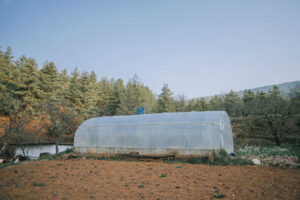
Have you considered embellishments? A splash of color from hand-embroidered accents can make basic materials stand out!
En voilà! Shearing sheep in the spring sunshine, spinning under autumn foliage, weaving snug winter scarves beside a crackling fire—has been yours every step of the way!
Wear scarves, blankets, shawls, and hats to be comfortable during colder weather. Handmade textiles from homegrown resources have unlimited possibilities!
Spinning and weaving become a lifestyle choice filled with delight and satisfaction, knowing each item has a story behind every fiber twisted together carefully by hand.
A Homesteader’s Guide to Backyard Leatherworking
Leatherworking, an ancient craft, can enhance your homesteading experience. Imagine creating belts, wallets, and saddles in your backyard. It’s about embracing a skill that ties you to generations past, not just making things.
Where to begin? Let’s go into homesteader leatherworking DIY.
Trade Tools
First, grab your tools. Consider these your leatherworking companions:
Sharp knives and rotary cutters are essential.
Punches: For leather holes.
Hammer those punches with a mallet.
Thread and needles: For sewing.
Edge Beveler: Smooth, rough edges.
Burnishing Tool: Makes edges shine.
Basic versions of these tools are appropriate for beginners.
Selection of Leather
Next, choosing the correct leather for your project is vital. Different types and thicknesses exist:
Tooling and carving are great with vegetable-tanned leather.
Chrome-tanned leather is softer and more flexible but more challenging to craft.
Full-Grain Leather: The strongest and best.
Carving designs into vegetable-tanned leather is easier.
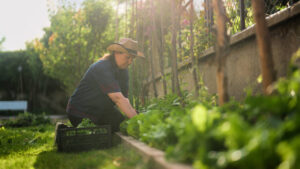
Basic Methods
Let’s get our hands dirty—figuratively! It would be best if you learned these basic techniques:
1. Cutting:
Always cut on a self-healing mat to safeguard your blade and work surface.
Straight lines are more accessible with a ruler than curves, which need practice.
2. Punching Holes:
Be sure to mark holes before punching.
Use a steady mallet—don’t go Hulk!
3. Stitching:
Saddle stitching is best for durability.
The waxed thread lasts longer and slips through better.
4. Burnishing Edges:
Before burnishing with a tool or canvas cloth, wet the edges.
It’s strangely satisfying to rub till smooth!
Beginner Projects
You’ve learned the basics—now what? Start small with manageable projects:
Key Fobs
Simple wallets
Belts
This set lets you easily practice cutting, punching, sewing, and burnishing.
Advanced Techniques
Once you’re acquainted with basic tasks, advance:
Tools and Carving:
Specialized tools stamp designs into dampened vegetable-tanned leather.
Dyeing/Finishing:
Try different dyes to color your crafts.
Lacing Methods:
Decorates and strengthens seams.
These sophisticated skills may make essential goods into heirlooms you’ll love.
Experienced Crafters’ Tips
Some advice from those who’ve been around the block—or barn—a few times:
Here, “measure twice, cut once” applies as well as in carpentry!
Patience pays off when dying or finishing.
Practice stitching on scraps until they’re automatic.
Aspect of sustainability
A remarkable aspect of leatherworking is its sustainability:
Hides are available from farmers who would otherwise trash them.
Handmade things endure longer and save waste.
Living more sustainably with the environment is essential to homesteading.
Community Engagement
Leatherworking isn’t just for solos! Join local classes or online forums to ask questions, discuss advice, and display your work. One common concept might inspire dozens more ideas!
Imagine walking through your backyard farm with the sun on your face and sheep bleating. These beautiful fluffy friends are essential to your next major endeavor. Wool spinning and weaving are the most satisfying ways to interact with nature and crafts.
Start with sheep for wool and bonding. They have different personalities—some shy, others assertive. Shearing them once or twice a year requires practice to avoid cuts.
Raw fleece requires washing. Put the wool in a tub with warm water and mild soap without stirring unless you want it to be felt! Wash till clear.
Carding follows. Fibers are straightened for spinning. Hand or drum carders can untangle wool, which is pleasant but tiring.
Magic happens when spinning. Use a drop spindle or spinning wheel; spinning fibers into yarn is fun. Beginners can practice with a spindle to find their rhythm.
Want color? Use synthetic dyes for consistency or garden dyes like marigolds for yellow or blackberries for purple.
Weaving brings your project to life. A rigid-heddle loom is ideal for novices. The over-under action of weaving through the weft is almost meditative.
Patience with patterns. Practice simple designs before trying houndstooth or twill. Beginners should start with plain weave, but confidence will foster creativity.
Wash and block your woven piece to establish the weave and dry evenly. Make your designs stand out with hand-embroidered decorations.
Shearing sheep in spring and making winter scarves are labors of love. Make scarves, blankets, shawls, and headgear. Carefully twisted fibers create a narrative in every handcrafted cloth.
Homesteading can benefit from leatherworking. Backyard belt, wallet, and saddle making is an ancient skill. Sharp knives, punches, mallets, thread, needles, and burnishers are necessary.
Choose vegetable-tanned for tooling and carving, chrome-tanned for flexibility, or full-grain for strength. Learn to cut on a self-healing mat, mark and punch holes, saddle stitch with waxed thread, and polish edges for a clean finish.

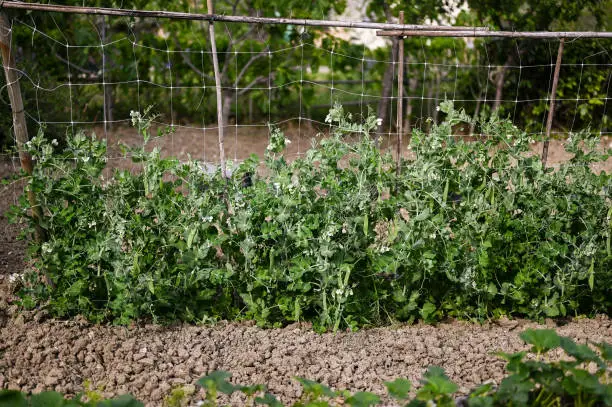
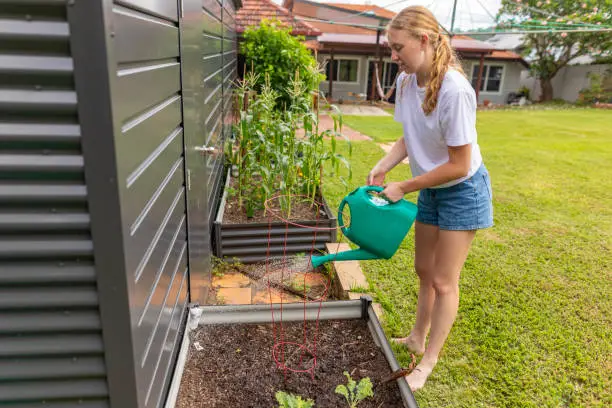
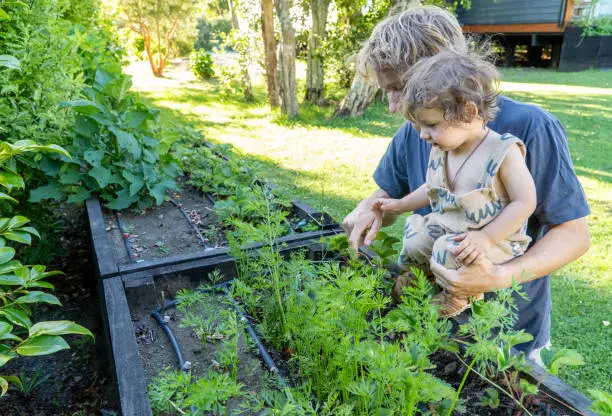
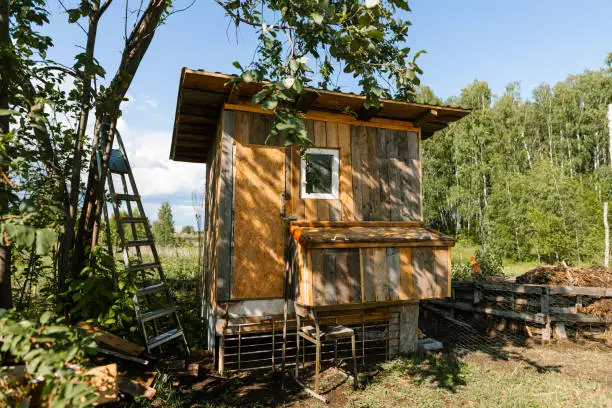
Leave a Reply
You must be logged in to post a comment.